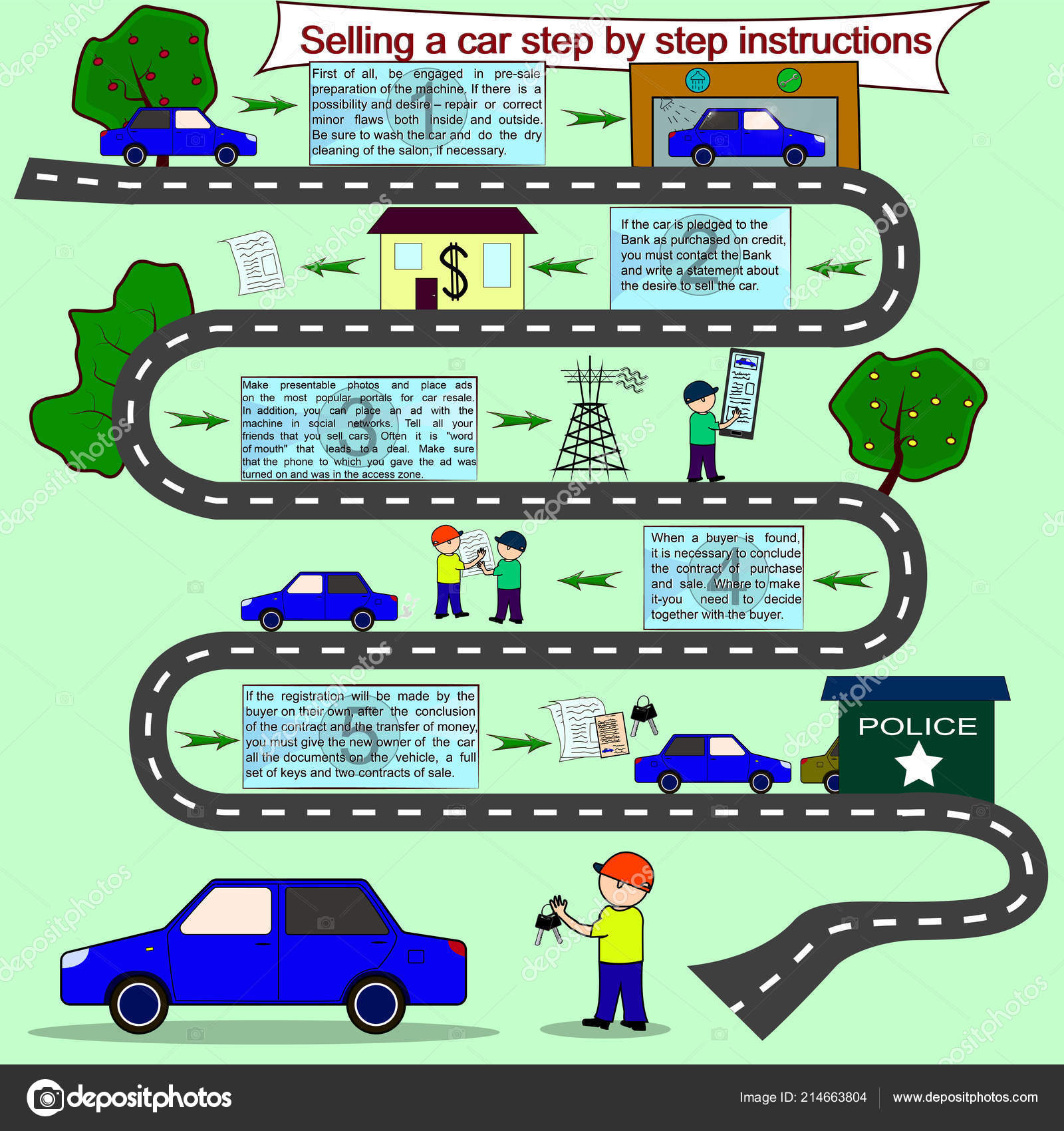Do You Identify The Dashboard Caution Lights? Figure Out What They Suggest And Remain One Step Ahead Of Prospective Vehicle Concerns-- Your Security Is Vital
Do You Identify The Dashboard Caution Lights? Figure Out What They Suggest And Remain One Step Ahead Of Prospective Vehicle Concerns-- Your Security Is Vital
Blog Article
Staff Writer-Houghton Cooper
When you lag the wheel, those control panel caution lights can be an actual enigma. But did you know that decoding them can conserve you from prospective vehicle troubles in the future? From the ominous check engine light to the refined oil pressure warning and the ever-important battery light, every one acts as an important signal from your automobile. It's time to shed light on these typical dashboard warnings and outfit on your own with the knowledge to browse the roadway ahead.
Recognizing the Inspect Engine Light
When your dashboard illuminates with the check engine light, it is necessary not to panic yet to take prompt activity. The check engine light acts as a warning that your automobile's onboard diagnostic system has actually identified a potential problem with the engine, exhausts, or other important parts. Disregarding this light can result in much more serious troubles down the road, so it's necessary to resolve it without delay.
To comprehend the resource of the issue causing the check engine light, you can use an OBD-II scanner to recover the certain problem codes stored in your vehicle's computer system. These codes supply valuable details that can help identify the underlying issue.
While related web site causing the check engine light might be minor, such as a loosened gas cap, others can show a lot more considerable problems that call for professional focus.
Translating the Oil Stress Caution
Upon seeing the oil pressure cautioning light on your control panel, prompt attention is critical. This warning suggests that the oil stress in your engine may be also reduced, which can cause significant engine damage if not attended to quickly. Reduced oil pressure can be caused by a selection of problems such as a leak, a damaged oil pump, or low oil degrees. Ignoring this warning light could lead to costly fixings or perhaps engine failure.
If you see the oil pressure alerting light come on, the first step is to securely pull over to the side of the roadway and switch off your engine. Inspect the oil degree making use of the dipstick and ensure it's at the advised level.
If the oil degree is reduced, top it up with the proper oil for your automobile. If the oil degree is sufficient, don't proceed driving and look for support from a mechanic to detect and take care of the issue quickly. Keep in mind, keeping appropriate oil pressure is vital for the health and wellness and long life of your engine.
Translating the Battery Light
To decipher the significance of the battery light on your control panel, you should understand its essential function in your vehicle's electrical system. When the battery light brightens while you're driving, it indicates that the electric system isn't obtaining sufficient power from the battery.
This could be due to a falling short battery, a damaged alternator, or problems with the billing system. Disregarding this warning light could cause your lorry delaying or being incapable to start.
If the battery light comes on, it's recommended to securely pull over and have your vehicle evaluated by a technician as soon as possible. They can perform diagnostics to determine the underlying issue and prevent a potential malfunction.
Conclusion
Now that you know how to recognize the most typical caution lights on your dashboard and what they mean, you can attend to any potential problems promptly. Remember, the check engine light, oil stress warning, and battery light are all important indications of your automobile's health and wellness. Keep educated, stay risk-free, and keep your cars and truck running smoothly by focusing on these indication.
